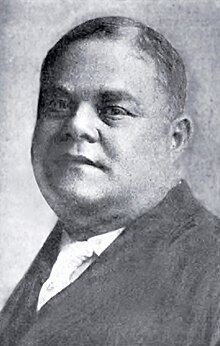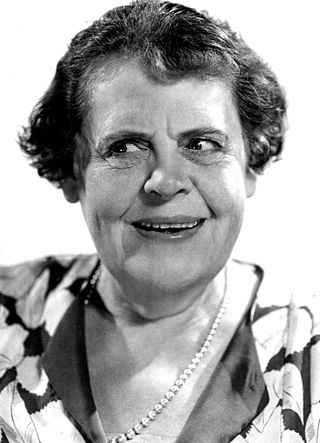
Marie Dressler was a Canadian stage and screen actress, comedian, and early silent film and Depression-era film star. In 1914, she was in the first full-length film comedy. She won the Academy Award for Best Actress in 1931.

Michael Joseph "King" Kelly, also commonly known as "$10,000 Kelly", was an American outfielder, catcher, and manager in various professional American baseball leagues including the National League, International Association, Players' League, and the American Association. He spent the majority of his 16-season playing career with the Chicago White Stockings and the Boston Beaneaters. Kelly was a player-manager three times in his career – in 1887 for the Beaneaters, in 1890 leading the Boston Reds to the pennant in the only season of the Players' League's existence, and in 1891 for the Cincinnati Kelly's Killers – before his retirement in 1893. He is also often credited with helping to popularize various strategies as a player such as the hit and run, the hook slide, and the catcher's practice of backing up first base.
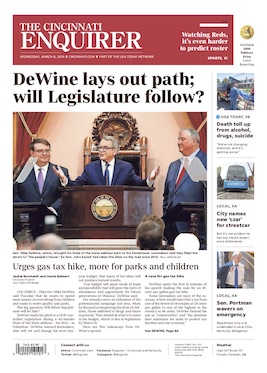
The Cincinnati Enquirer is a morning daily newspaper published by Gannett in Cincinnati, Ohio, United States. First published in 1841, the Enquirer is the last remaining daily newspaper in Greater Cincinnati and Northern Kentucky, although the daily Journal-News competes with the Enquirer in the northern suburbs. The Enquirer has the highest circulation of any print publication in the Cincinnati metropolitan area. A daily local edition for Northern Kentucky is published as The Kentucky Enquirer.

Thomas E. Brinkman, Jr. is a Republican politician from the state of Ohio. He represented Cincinnati in the Ohio House of Representatives from 2001 to 2008 and again from 2015 to 2022.

Walnut Hills High School is a public college-preparatory high school in Cincinnati, Ohio. Operated by Cincinnati Public Schools, it houses grades seven through twelve. The school was established in 1895 and has occupied its current building since 1932.

George Joseph Edwardes was an English theatre manager and producer of Irish ancestry who brought a new era in musical theatre to the British stage and beyond.

The Gaiety Theatre was a West End theatre in London, located on Aldwych at the eastern end of the Strand. The theatre was first established as the Strand Musick Hall in 1864 on the former site of the Lyceum Theatre. In 1868, it became known as the Gaiety Theatre and was, at first, known for music hall and then for musical burlesque, pantomime and operetta performances. From 1868 to the 1890s, it had a major influence on the development of modern musical comedy.

George Grossmith Jr. was an English actor, theatre producer and manager, director, playwright and songwriter, best remembered for his work in and with Edwardian musical comedies. Grossmith was also an important innovator in bringing "cabaret" and "revues" to the London stage. Born in London, he took his first role on the musical stage at the age of 18 in Haste to the Wedding (1892), a West End collaboration between his famous songwriter and actor father and W. S. Gilbert.

Edwardian musical comedy was a form of British musical theatre that extended beyond the reign of King Edward VII in both directions, beginning in the early 1890s, when the Gilbert and Sullivan operas' dominance had ended, until the rise of the American musicals by Jerome Kern, Rodgers and Hart, George Gershwin and Cole Porter following the First World War.
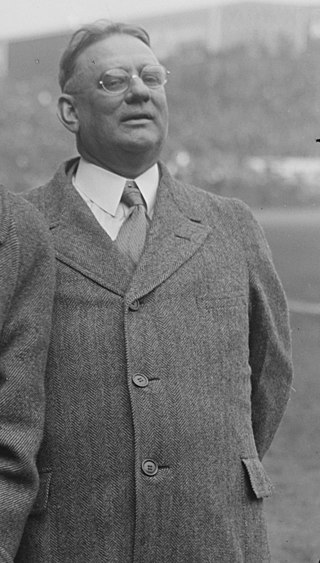
Tillinghast L'Hommedieu Huston was an American civil engineer and businessman. He co-owned the New York Yankees of Major League Baseball with Jacob Ruppert from 1915 to 1923, turning them from one of the worst franchises in baseball into a World Series contender.

George Michael Cohan was an American entertainer, playwright, composer, lyricist, actor, singer, dancer and theatrical producer.
The Gaiety Theatre was a Broadway theatre at 1547 Broadway in Times Square, Manhattan, New York City from 1909 until 1982, when it was torn down.
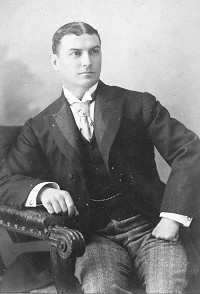
Henry Bracy was a Welsh opera tenor, stage director and opera producer who is best remembered as the creator of the role of Prince Hilarion in the Gilbert and Sullivan comic opera Princess Ida. Bracy often played the leading tenor role in the works in which he appeared, becoming one of the most popular comic tenors of the Victorian era. His wife, Clara, was an actress.

George W. Keister was an American architect. His work includes the Hotel Gerard (1893), the Astor Theatre (1906), the Belasco Theatre (1907), the Bronx Opera House (1913), the Apollo Theater in Harlem (1914), the Selwyn Theatre, and the First Baptist Church in the City of New York. He also designed Woodbridge Hall at 431 Riverside Drive (1901), which faced demolition in 1996, and the Sigma Chi Fraternity at 565 W. 113th St. (1903).

The Bronx Opera House is a former theater, part of the Subway Circuit, now converted into a boutique hotel in the Bronx, New York It was designed by George M. Keister and built in 1913 at 436 East 149th Street on the site of Frederick Schnaufer's stable. It was one of several theaters to come into the area that became known as the Hub. It was formally dedicated on opening night Saturday, August 30, 1913.

Kathryn Osterman was an American comic vaudeville actress on stage and in silent films.
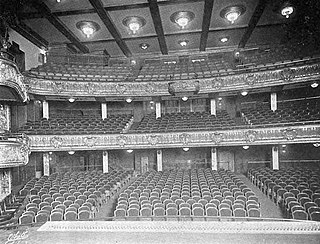
George M. Cohan's Theatre was a Broadway theatre at Broadway and West 43rd Street in the Midtown Manhattan neighborhood of New York City. It was built in 1911 and demolished in 1938.

Helen Lackaye was an American actress.
Mary Gladstane was an Irish-American actress of the 19th-century who had a considerable career in Australia, along with her husband and manager, L. M. Bayless.
